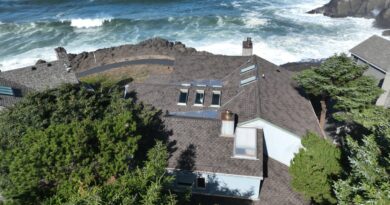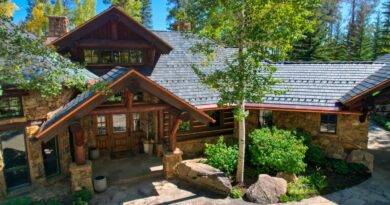Beauty & Resilience
Asphalt Is the Right Choice for Coastal Environments by Lori Jerome, Marketing Manager, PABCO Roofing Products Ocean shores are simultaneously

Asphalt Is the Right Choice for Coastal Environments by Lori Jerome, Marketing Manager, PABCO Roofing Products Ocean shores are simultaneously
Fatalities from Falls Continue to Rise It seems like the U.S. Bureau of Labor Statistics releases its report of Job
California Emissions Standards Changes for 2024 by James Yundt, president & GM, Roofmaster Products Company (Editor’s Note: James Yundt is
Taking Precautions to Put Money Where it Matters by Heidi J. Ellsworth, owner, HJE Consulting (Editor’s Note: Heidi J. Ellsworth,
Western Commercial Roofing Market Steadily Rising by Marc Dodson, editor Despite market hurdles such as rising inflation, higher interest rates,

Award Winning Roof Replacement in Avon, Colorado by Marcus Dodson, Publisher Heavy snows, wildfire concerns, and freezing temperatures are just
Embracing Safety as an Investment by Stephen Zasadil, WSRCA safety consultant, president, SNK Services LLC (Editor’s Note: Stephen Zasadil spent
The Impact of Worker Misclassification in the Construction Industry by Trent Cotney, partner, Adams & Reese, LLP (Editor’s Note: Trent
Upgrades of Roofing Assemblies is Smart by Richard K. Olson, president & technical director, Tile Roofing Industry Alliance (Editor’s Note:
Metabo HPT 1-3/4” Coil Roofing Nailer by Ali Turner, editorial & multimedia manager When it comes to asphalt shingle


